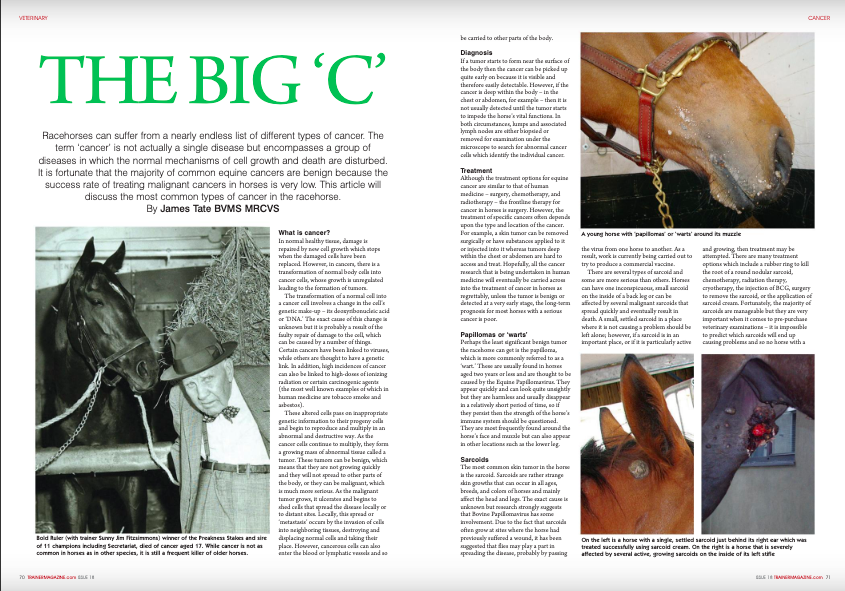Al Stall Jr - the trainer of Blame and a trainer to follow this fall
/These days, Al Stall Jr.’s barn is awash with the sweet smell of success. Blame it on Blame. If you want to get literal about it, the scent is coming from the bale-sized hay steamer by the office, where the warm mist creeping out the sides of the box indicates that it’s removing dust and allergens from the hay that is specifically fed to Grade 1 winner Blame. But you wouldn’t be wrong to look down this shedrow accentuated by the bright, historic colors of Claiborne Farm, broken by the occasional head poking over the webbing, and think there’s something more magical in the air than the effects of a hay steamer at work.
By Frances J Karon
First Published (19 October 2010 - Issue Number: 18)











